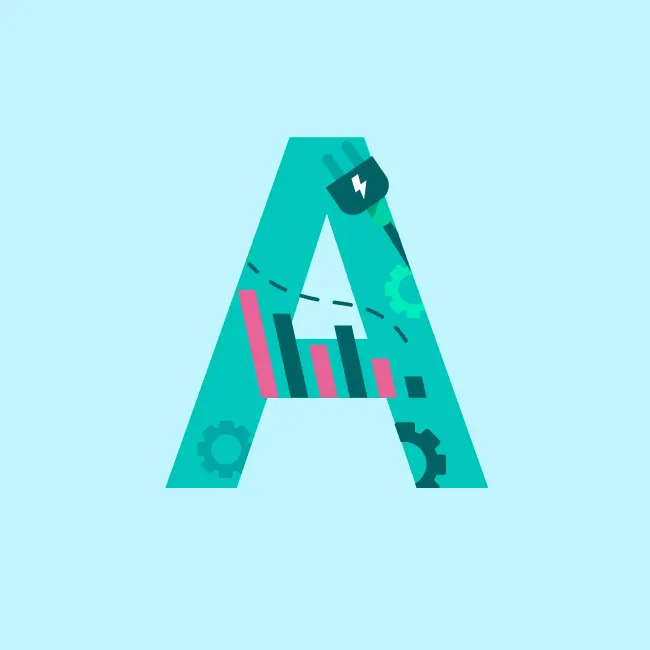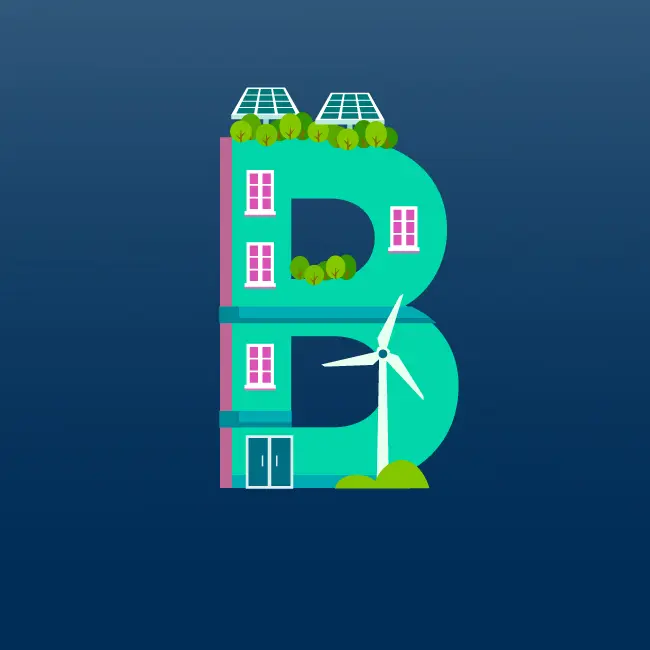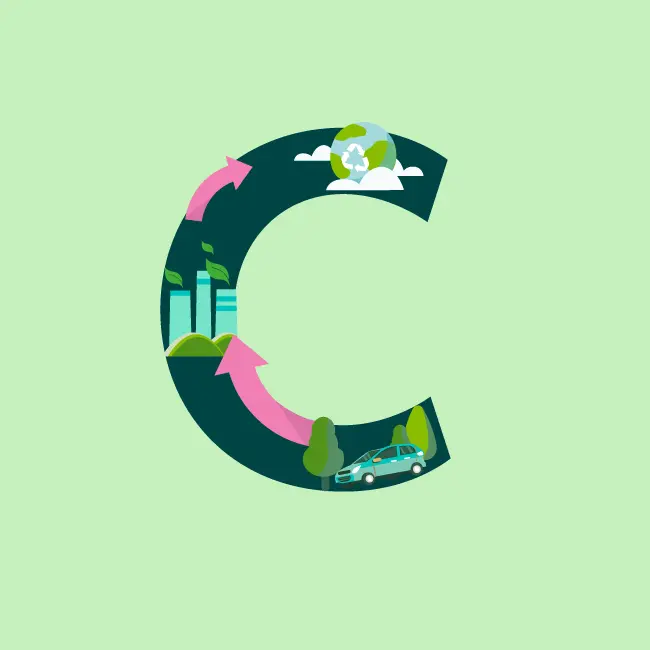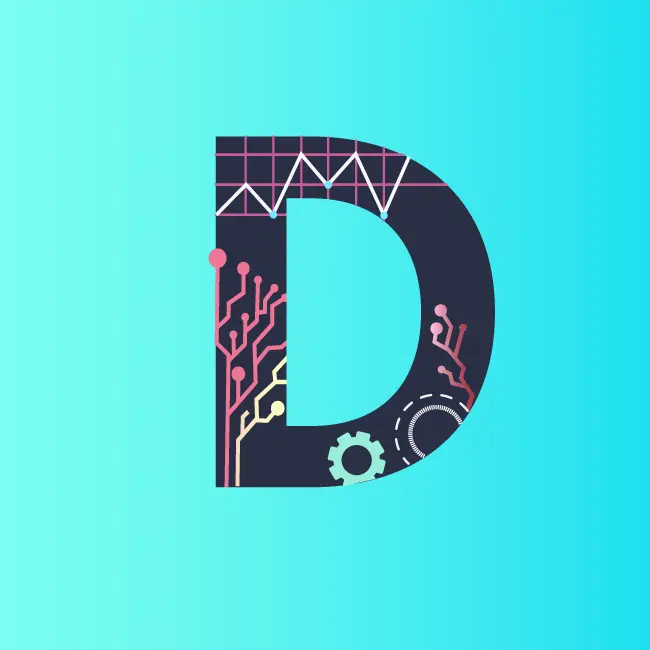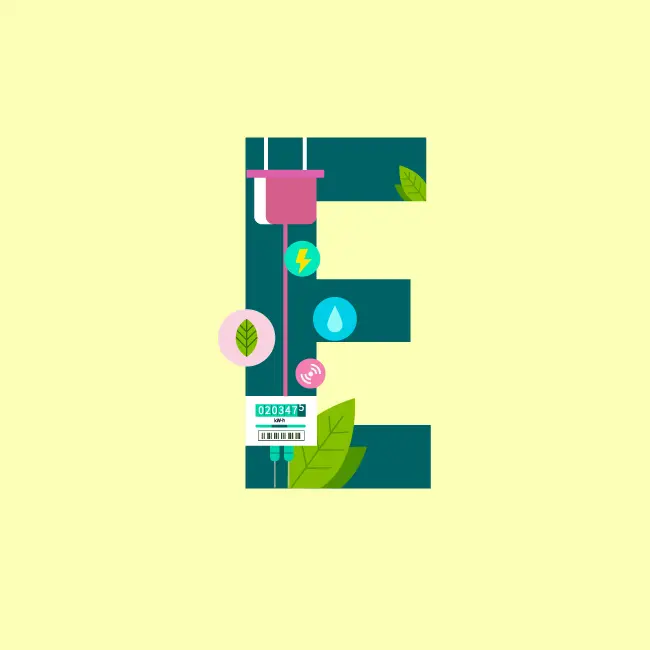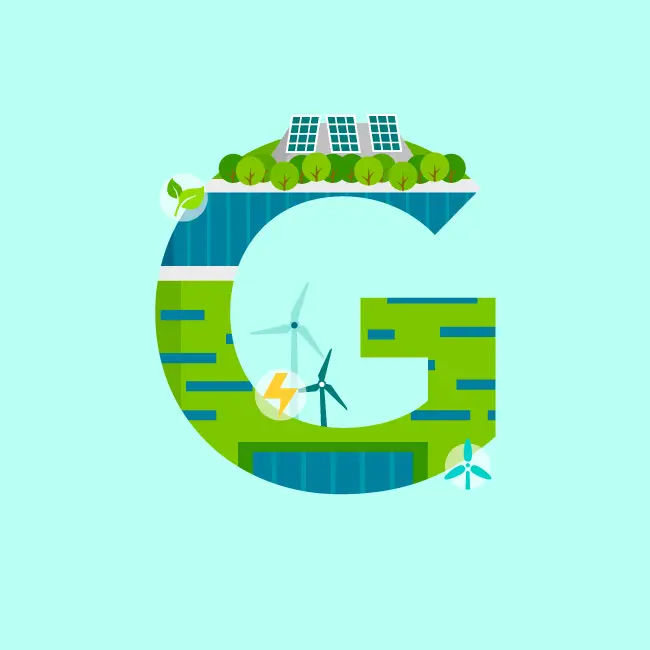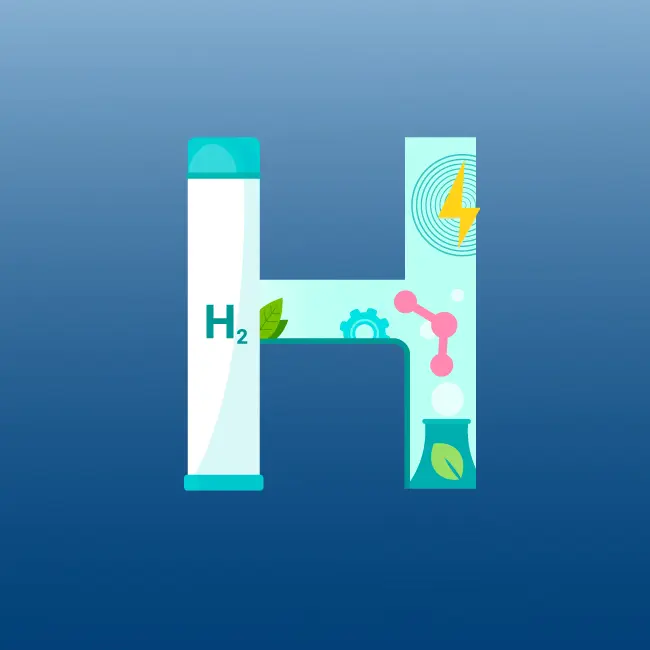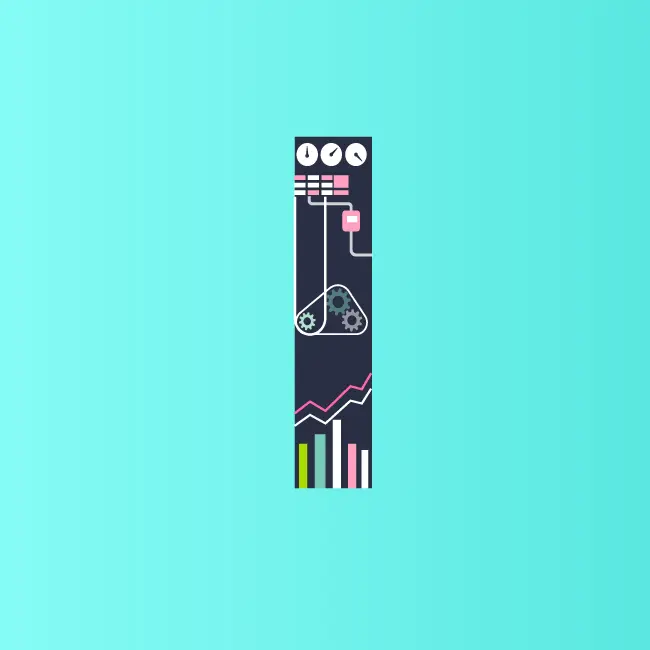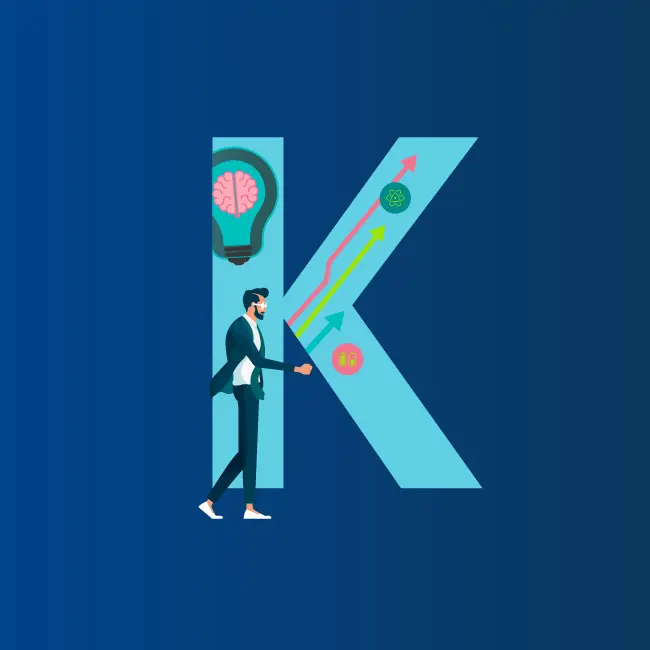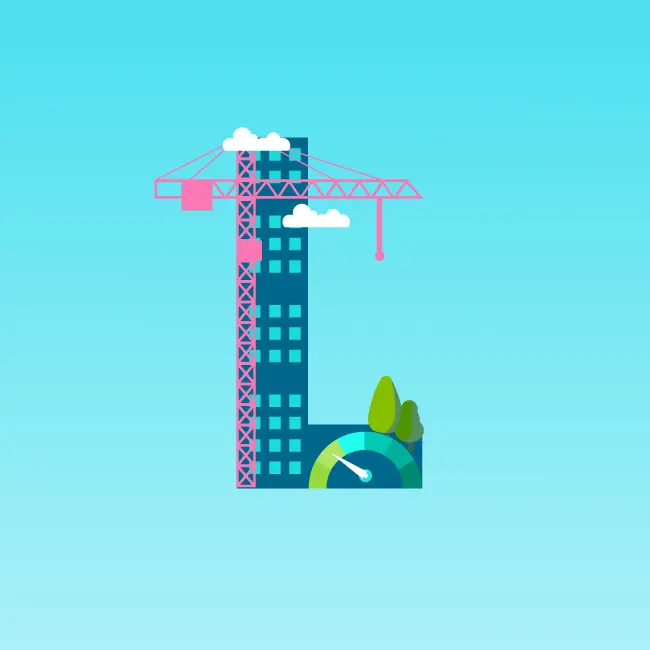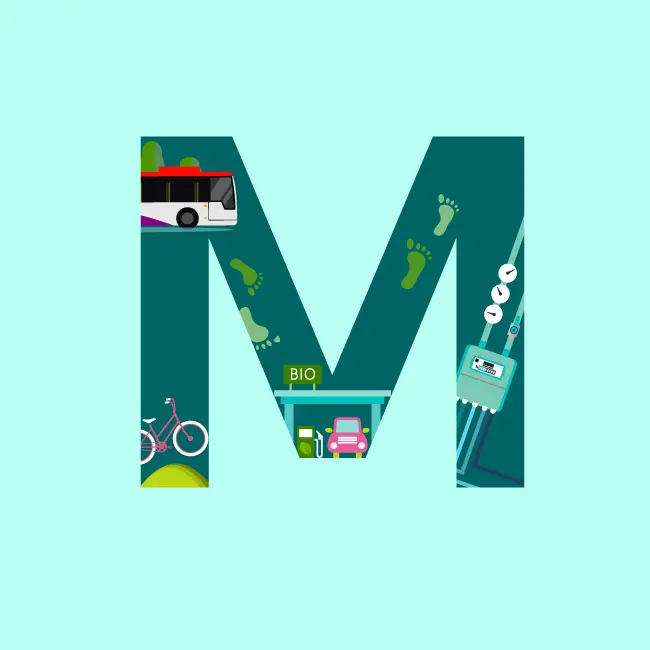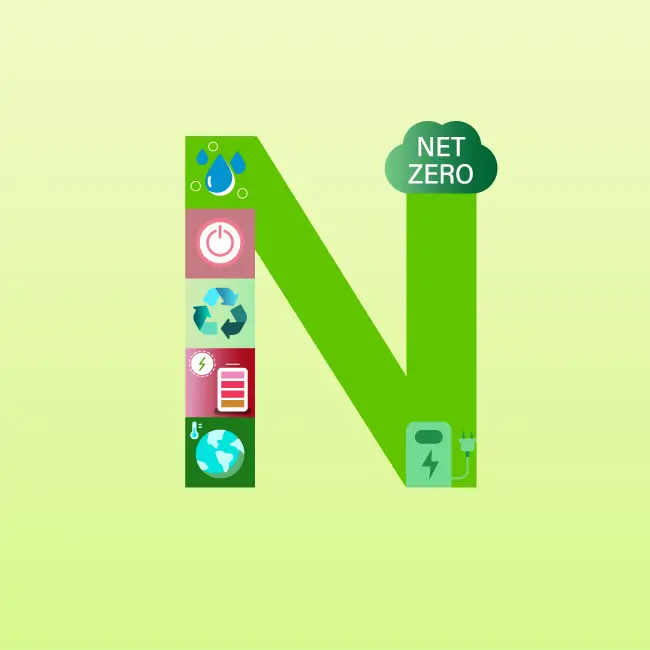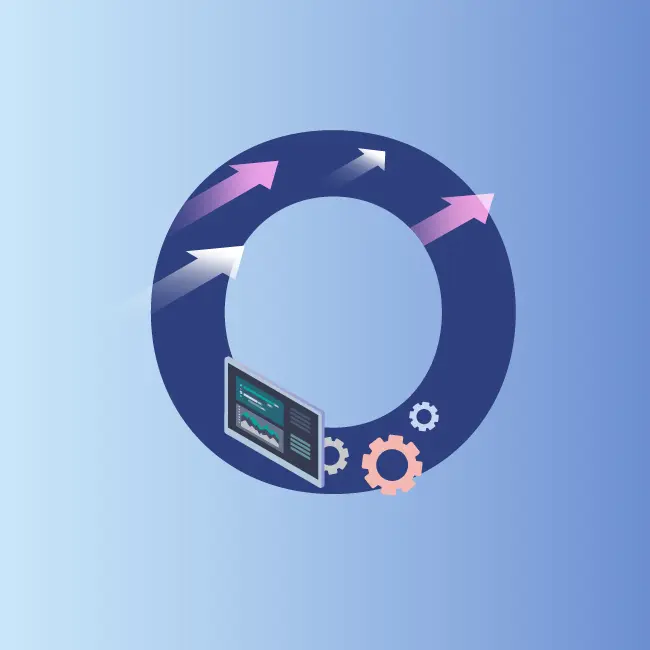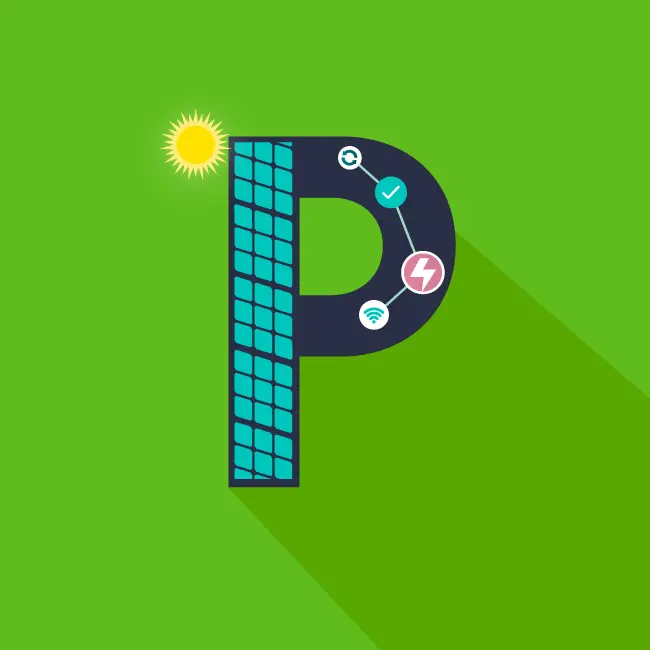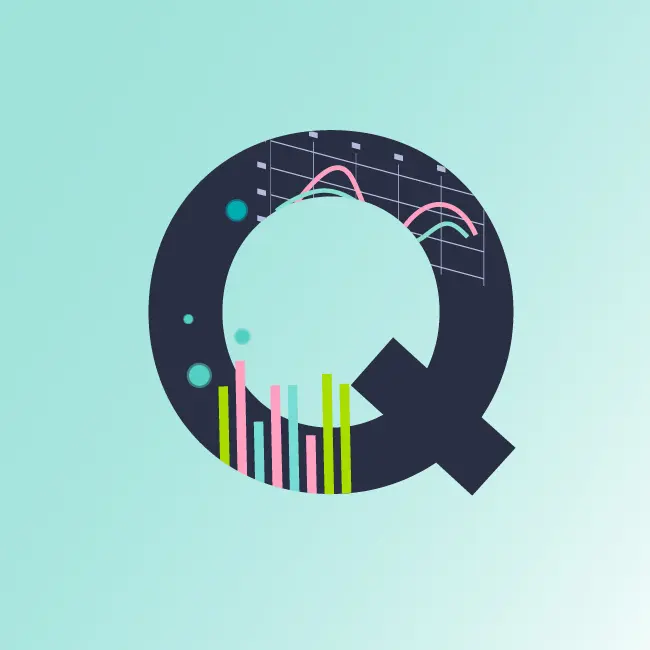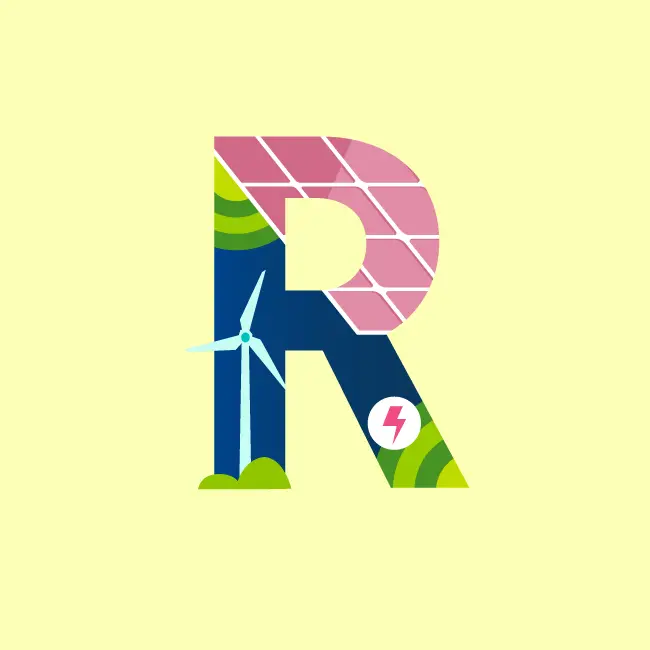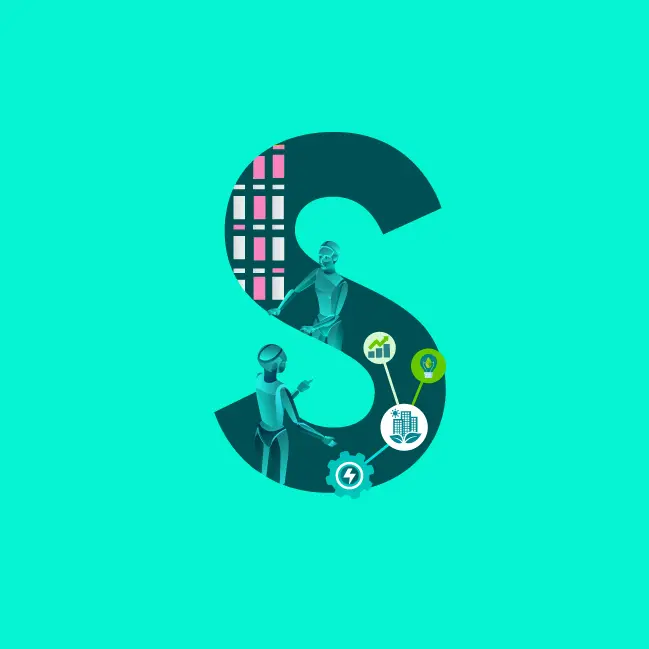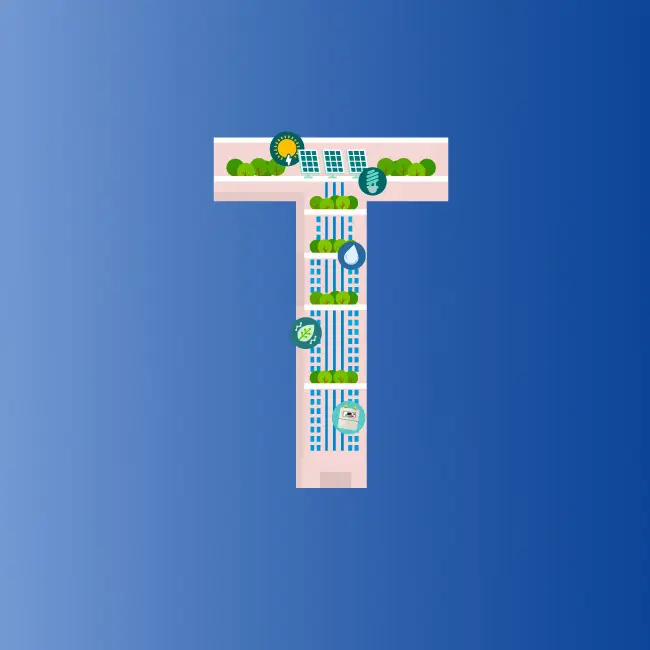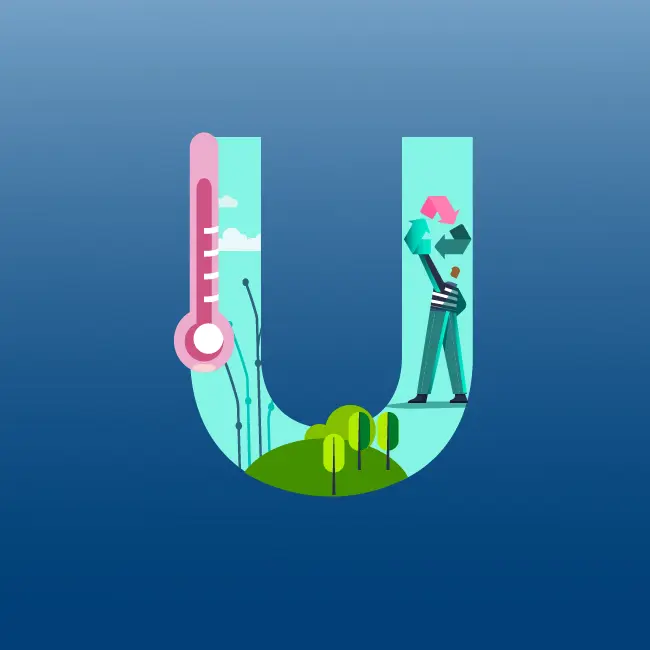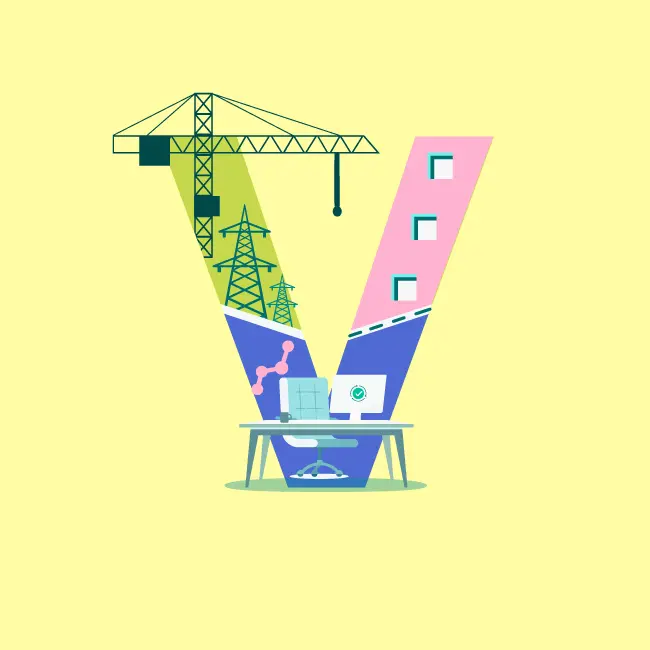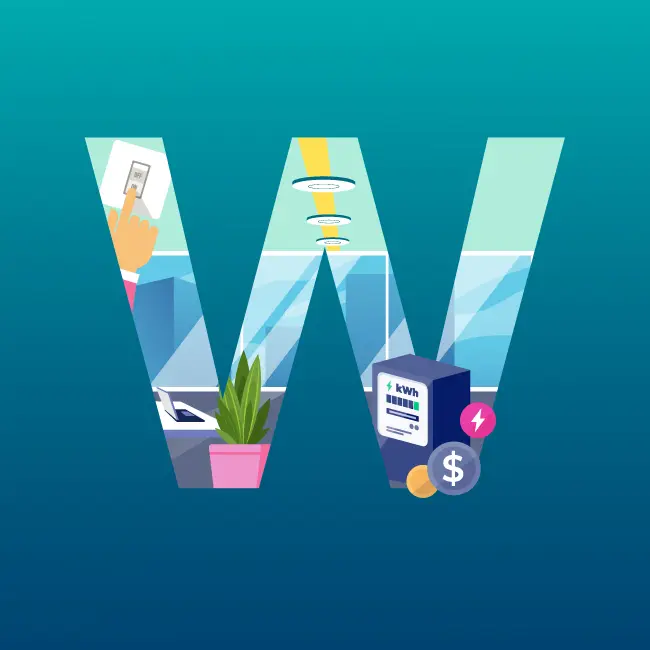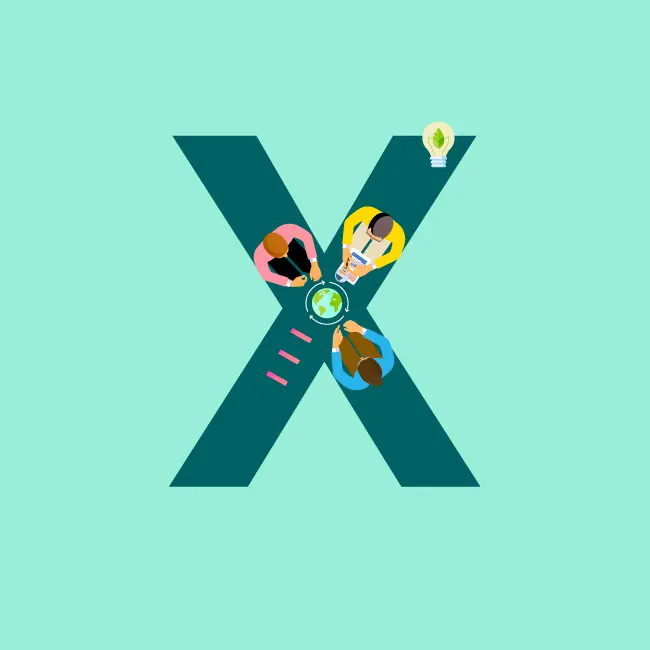Smart
The term “smart” in the context of buildings and utilities management refers to devices or systems that are automated to collect data, ‘listen and learn’ and perform decisions in a predictive or adaptive manner.
Smart buildings A smart building is enabled by IoT and AI to adjust its systems such as lighting, ventilation and air conditioning automatically, with little or no manual intervention, to provide optimal comfort to occupants, while optimising energy efficiency.
SP Digital’s GET® (Green Energy Tech) suite of solutions turns conventional buildings into smart buildings with minimal retrofitting required. While conventional building structures often feature legacy electrical and mechanical systems, GET is able to integrate different building systems and diverse data sources to create a seamless, sustainable utilities management experience.
GET® Control is a self-learning building intelligence system that utilises AI and IoT to optimise air-conditioning and energy efficiency, based on changes in occupancy and ambient weather conditions. The smart solution’s cloud-based AI enhances autonomous control capabilities by continuously commissioning and learning from the building’s energy usage patterns.
Smart energy solutions With digitalisation and the use of Artificial Intelligence, energy can be managed more accurately and effectively. GET® Insights can monitor and provide visibility on the photovoltaic system (PV system), Energy Storage System (ESS) and load patterns, to manage energy usage.This smart energy solution also leverages AI to forecast load and automatically schedule ESS charge and discharge, to reduce peak consumption from the grid, and save on Uncontracted Capacity Charges (UCC).
Smart meters Smart meters measure and record utilities usage digitally, and relay the readings to the utility company and end-user.
There is no need for manual meter reading which is time-consuming and prone to human error. With smart meters, the data is accurate and granular, providing insights into utilities consumption.
SP Digital’s smart meters enable utilities consumption to be measured at half-hourly intervals. Data can be accessed remotely, 24/7, for convenience and timely action.
